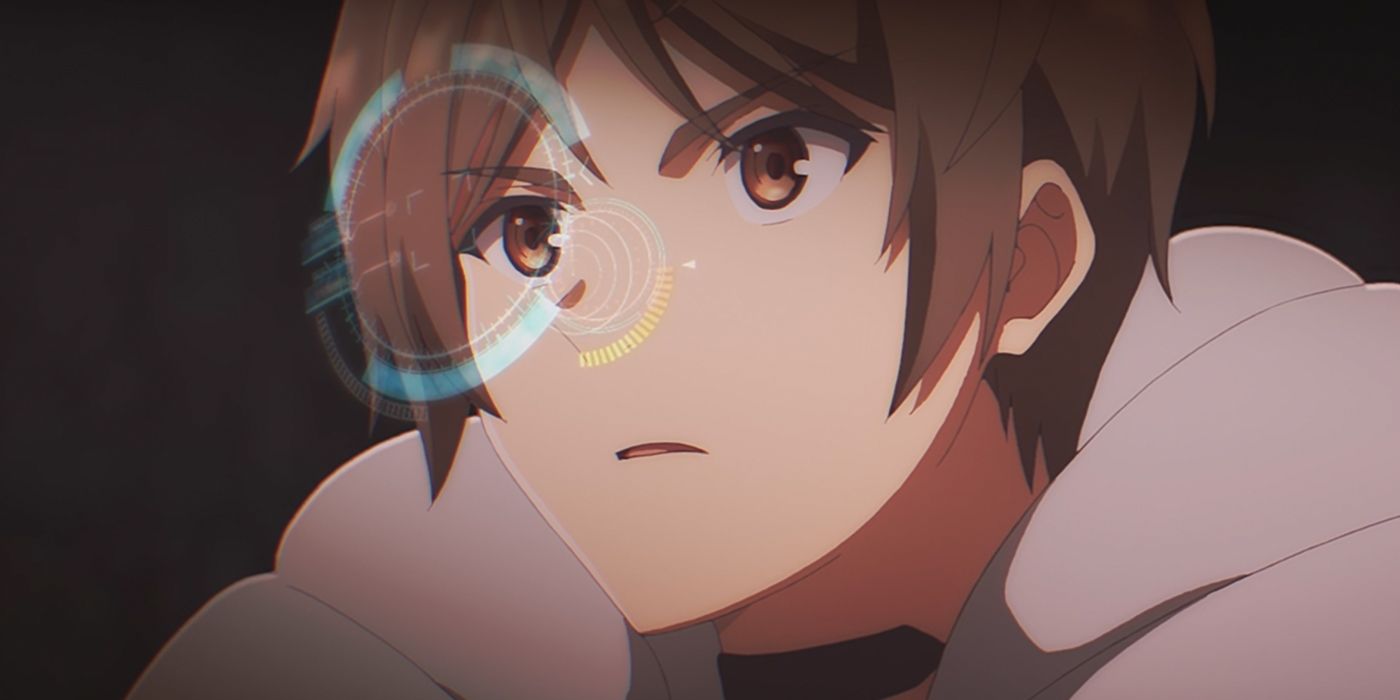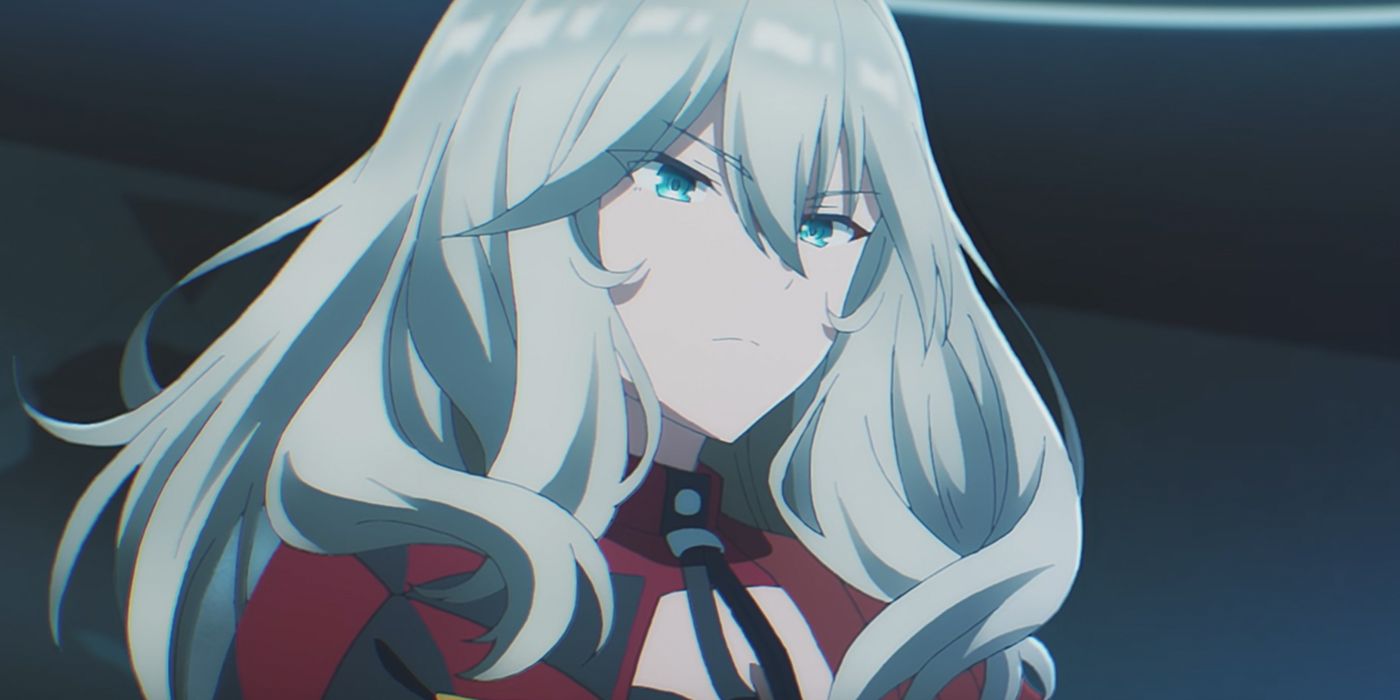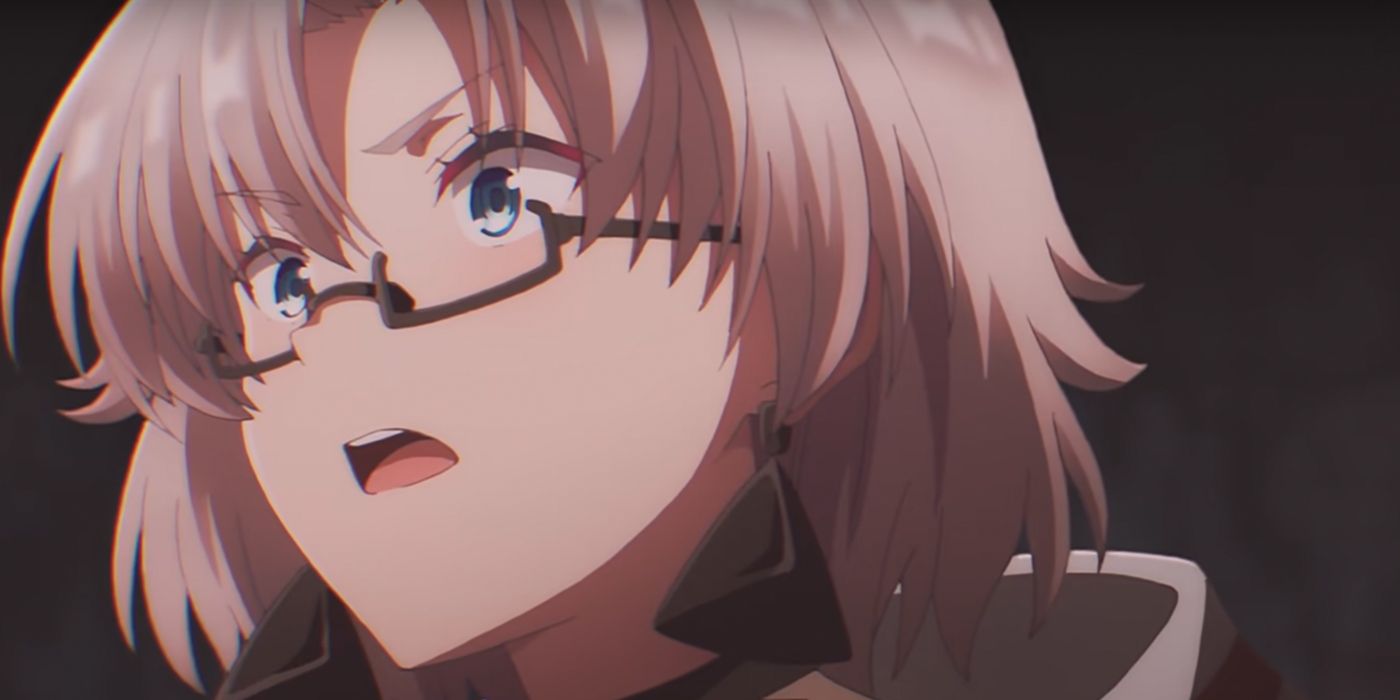WARNING: The following contains spoilers for Episode 1 of Deep Insanity: The Lost Child, "Take 01," now streaming on Funimation.
Deep Insanity is a multimedia franchise in Japan spanning video games, manga and now anime. While each medium's stories are independent of each other, they are all still set in the same universe. In this case, Deep Insanity The Lost Child is set in a world that has been impacted by a mysterious illness known only as Randolph Syndrome -- an illness that puts people in a coma. The origin of this mysterious illness is traced back to Antarctica, which appears to have an alien world hidden beneath its glaciers. It is within these hidden depths of the south pole that Deep Insanity: The Lost Child takes place.
Episode 1 of Deep Insanity: The Lost Child follows a new young recruit named Daniel Kai Shigure who answers an advertisement to join a suicide mission to destroy the source of the illness. His reason for joining: he wants to be a hero. While his motivations seem noble, his teammates feel his expectations are naive at best. They quickly inform him of the dangerous nature of the job he just signed up for and that he could very easily lose his life on his first day. Still, he perseveres and manages to survive his first mission with his team.
The premise of Deep Insanity is very much an attempt at metacommentary on the current pandemic. From overnight disruption of everyday life to making life changes to avoid spreading the illness further, the Randolph Syndrome has all the hallmarks of the real-life pandemic, minus the part where people enter a coma from exposure. While Deep Insanity: The Lost Child is only the latest of many stories to commentary on the global pandemic, the anime also falls short of the impact it clearly wants to make.
One possible reason for this is that the anime is not entirely self-contained, as it's only one installment in a larger universe being explored in two other mediums. As such, there is a lot of jargon used that may require some familiarity with the larger franchise. If the anime is a new viewer's first exposure to the franchise and the many storylines being developed in the manga and video games, they might feel a bit lost on some of the story details. This is especially true when terms aren't clearly defined by the characters in the anime, if they're defined at all.
Something that might also be hurting Deep Insanity: The Lost Child is its over-reliance on tropes. Deep Insanity: The Lost Child favors shonen tropes, specifically, kicking things off with a highly motivated teenaged boy going on a heroic journey, surrounded by beautiful young women. This same teenaged boy is also met with discouragement from those around him early on, but miraculously overcomes impossible obstacles on his first suicide mission. The anime draws from storytelling wells viewers are simply too familiar with.
But Deep Insanity: The Lost Child is further held back still by its generic character designs which, even for a shonen, are actually pretty cliché. The main character, Daniel Kai Shigure, has a generic face, a common hairstyle and uninspired attire. The young women on his team are depicted as exceptionally, if typically, beautiful in high-tech suits. Even the monsters they fight look like unfinished CGI, rather than entities that naturally blend into their environment.
At the very least, the Japanese voice actors do their best to make this anime more engaging by trying to breathe some life into their otherwise bland characters. A few even get close to giving their characters something resembling a personality. However, when accompanied by uninspired writing, a tropey narrative and cliché character designs, it comes off as overacting instead, most notably in scenes where the characters are meant to experience heightened emotions.
Taken as a whole, Deep Insanity: The Lost Child might work better as an anime that parodies itself. But even then, it fails to be funny because it's not able to make fun of its genre in a way that's actually clever or engaging.



